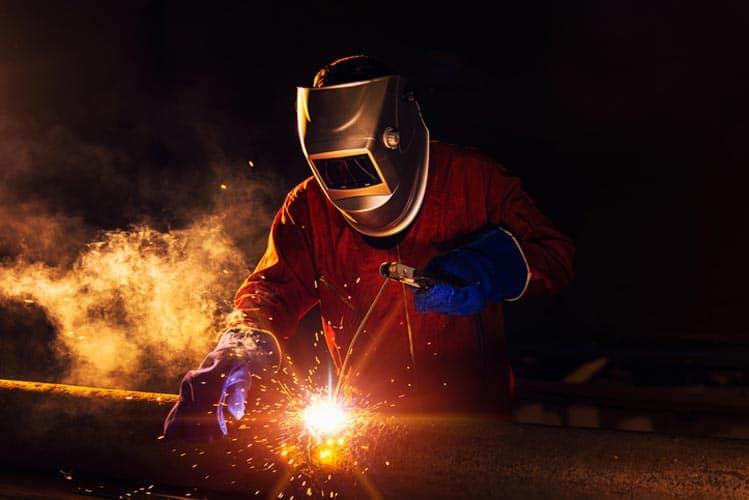Hot work includes activities like welding, cutting, brazing, and soldering that involve heat or flames. And while these tasks are a necessary part of many industries, they can also be incredibly dangerous if not done properly.
So, let’s get into the dangers of hot work. One of the biggest risks is fire. If a spark or hot slag lands on a flammable material, it can quickly ignite and cause a fire that can spread rapidly. This can put not only the person doing the hot work at risk, but also everyone in the vicinity.
Another danger is explosion. If hot work is done near an area where there are flammable gases or liquids, it can create an explosion. This is why it’s critical to ensure that the area is properly ventilated and free from any flammable materials.
In addition to these risks, there’s also the risk of burns. Hot work involves working with incredibly hot temperatures and flames, which can cause severe burns if not properly protected. And while it may seem like common sense, it’s critical to wear the appropriate protective gear, including fire-resistant clothing, gloves, and a welding helmet.
So, what can you do to stay safe during hot work? The first step is to assess the area and identify any potential hazards. Make sure that the area is properly ventilated and free from any flammable materials.
Next, ensure that you’re wearing the appropriate protective gear. This includes fire-resistant clothing, gloves, and a welding helmet. And don’t forget about your feet! Make sure to wear sturdy, fire-resistant boots that cover your ankles.
It’s also critical to have a fire extinguisher nearby. This should be easily accessible and in good working condition. Make sure that everyone in the vicinity knows where the fire extinguisher is located and how to use it in case of an emergency.
In addition to these safety measures, it’s important to have a plan in case of an emergency. This includes knowing where the nearest exit is and having a clear path to get there. Make sure that everyone in the area is aware of the emergency plan and knows what to do in case of an emergency.
Finally, it’s important to have a qualified individual oversee the hot work. This person should be trained and experienced in the type of hot work being performed and should be responsible for monitoring the work and ensuring that all safety precautions are being followed.
So, there you have it guys, a quick rundown on hot work safety. I know it may not be the most exciting topic, but it’s critical to ensure that you’re taking the appropriate safety precautions when working with heat and flames. Remember, safety always comes first, and by taking these simple steps, you can help prevent accidents and keep yourself and those around you safe.
Cheers,

![]()






